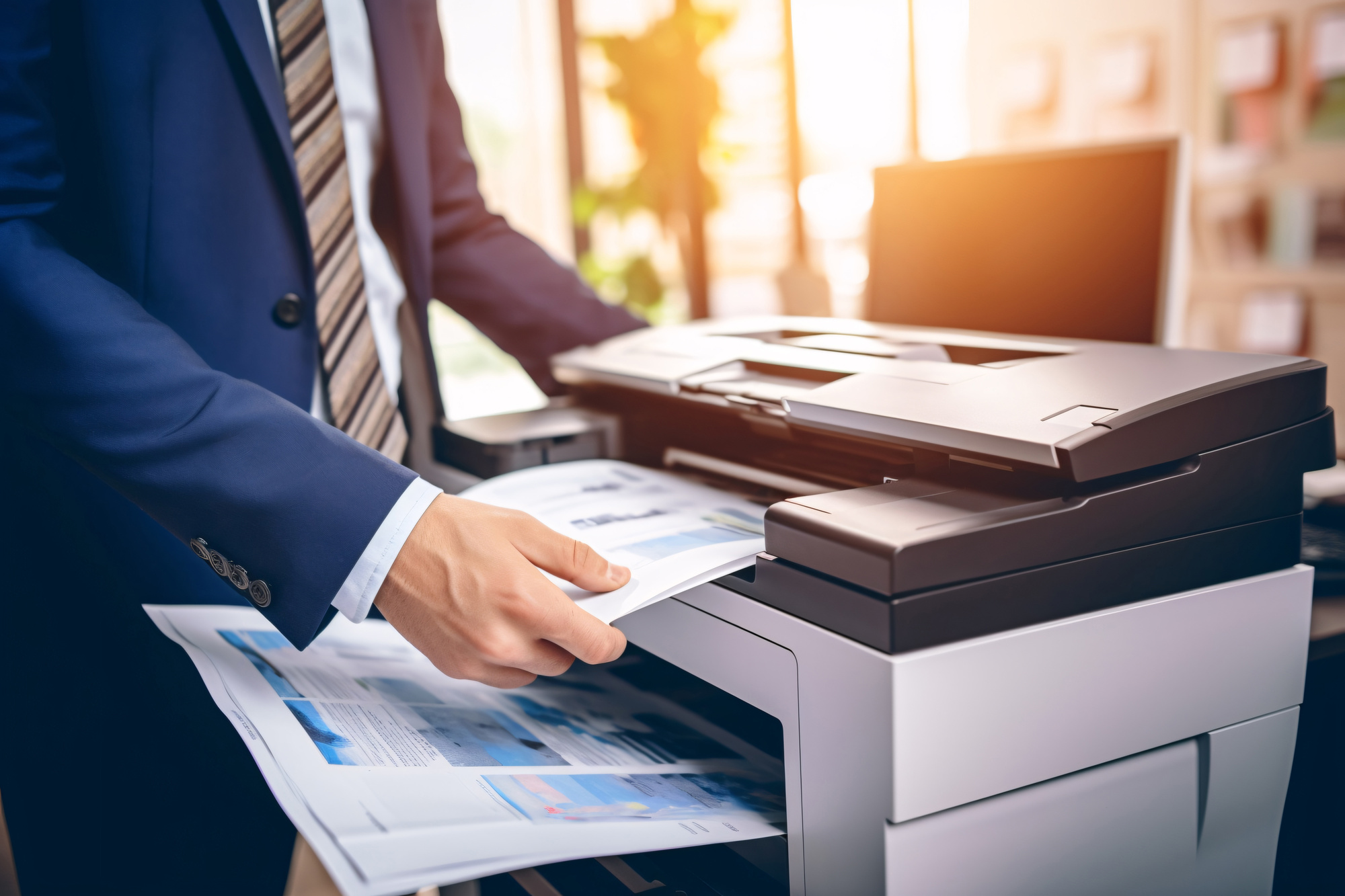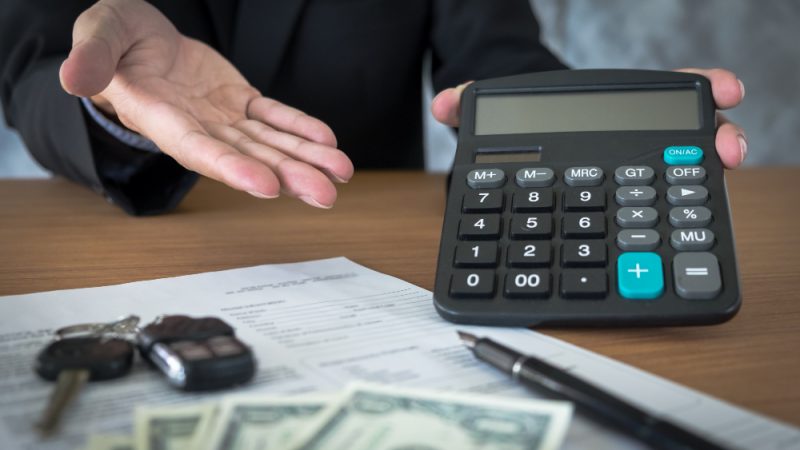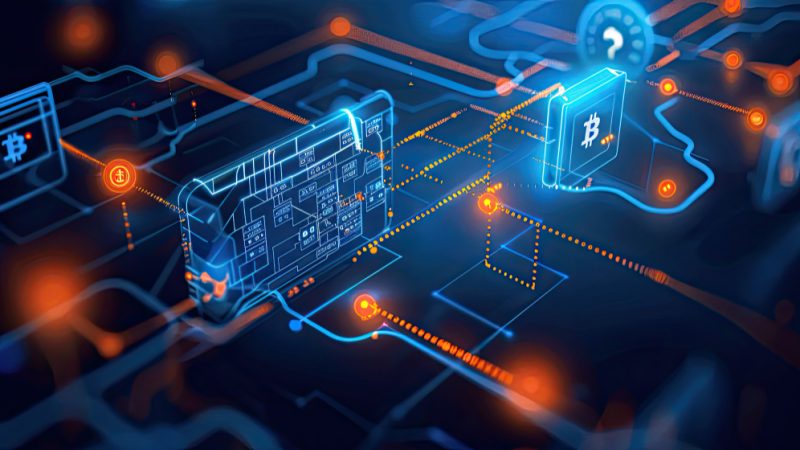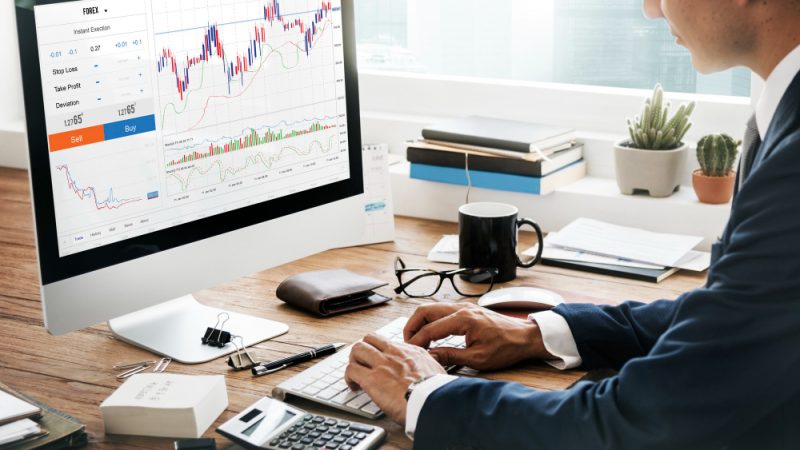The Dos And Don’ts Of Faxing Confidential Documents

In today’s digital age, many might believe that faxing is an obsolete method for sharing documents. However, this is far from the truth. Many businesses, especially in the financial and legal sectors, still rely on fax machines to transmit essential paperwork. Ensuring the privacy and confidentiality of such documents becomes paramount.
After all, mishandling sensitive information like 1040 tax returns can lead to detrimental consequences.
Understand The Importance Of Confidentiality
When dealing with sensitive information, it’s essential to understand why confidentiality is crucial. Breaches can lead to severe financial penalties, damage your company’s reputation, and even result in legal action. You wouldn’t want personal data like social security numbers or bank details in the wrong hands, would you? By fully understanding the ramifications, you’ll be more likely to implement best practices when sending or receiving faxes.
- Do: Use A Cover Sheet
Using a cover sheet isn’t just a formality—it’s a security measure. When you transmit confidential documents via fax, a cover sheet is your first defense line. Besides labeling the document as confidential, it should include details such as the sender’s contact information, the recipient’s name and contact details, the total number of pages sent, and a brief note or disclaimer about the document’s confidential nature. This ensures that if someone inadvertently picks up the fax from the machine, they know immediately that they shouldn’t be viewing its contents and can redirect it to the rightful recipient. Cover sheets can also deter prying eyes, signaling that the document beneath it requires special handling and discretion.
- Don’t: Leave Documents Unattended
Fax machines often reside in common areas within an office. When you send or receive confidential documents, leaving them unattended—even for a minute—creates a window for potential exposure. Confidential information can lead to various complications when viewed or mishandled by unauthorized individuals, from corporate espionage to identity theft. Therefore, when waiting for a fax to finish transmitting or after receiving one, ensure you’re nearby to collect the documents promptly. Once in your possession, store them in a secure location, such as a locked cabinet or drawer.
- Do: Regularly Update Fax Machine Software
As technology progresses, hackers and cybercriminals become craftier in their attempts to breach systems—even fax machines. Modern fax machines, particularly those connected to the internet or part of a larger networked system, are susceptible to cyber threats. Manufacturers regularly roll out software updates containing vital security enhancements and patches for known vulnerabilities. You’re bolstering its defenses against potential cyber-attacks and data breaches by proactively updating the fax machine’s software.
- Don’t: Use Public Fax Machines For Confidential Information
Public fax machines, often found in stores, libraries, or business centers, serve multiple users daily. Given their accessibility, there’s no assurance of who might access your confidential documents after transmission. Plus, there’s a risk of your sensitive data being stored in the machine’s memory, where others might retrieve it. Instead of taking such risks, using a known, trusted machine—preferably within your organization or in a secure location with restricted access is paramount.
- Do: Train Employees On Proper Faxing Protocol
Knowledge is power, especially when it comes to protecting sensitive information. Regardless of their role or department, employees should understand the gravity of handling confidential documents via fax. This entails organizing regular training sessions where employees are taught about the potential risks of mishandling information and the best practices to follow when sending or receiving faxes. A well-informed employee is less likely to make avoidable mistakes, fortifying an organization’s security measures.
- Don’t: Forget To Confirm The Receipt
Imagine sending a confidential document and discovering it never reached its intended recipient. Always follow up with a quick call or email to avoid mishaps to ensure the right person receives the document. This confirmation assures that the information is in safe hands and records the document’s successful transmission.
- Do: Regularly Maintain And Check The Fax Machine
Like any other office equipment, a fax machine requires regular maintenance. This doesn’t mean looking out for software updates and ensuring its hardware is in optimal condition. Dust, paper jams, or worn-out components can lead to transmission errors or even cause the machine to unintentionally save a copy of your confidential fax. Periodic maintenance checks and clean-ups ensure the machine functions correctly. Additionally, routinely clearing its internal memory prevents the negligent storage of sensitive data, ensuring it remains secure and confidential.
Between these guidelines, there’s a consistent theme: vigilance and proactivity. As you move through the faxing process, from preparing the document to confirming its receipt, always be aware of potential risks and be proactive in mitigating them. Doing so will ensure the safety of your confidential information and maintain the trust of those with whom you do business.

Benefits Of Modern Faxing Solutions
Faxing confidential documents has evolved with modern technology, offering numerous benefits that enhance security and efficiency. Here are some advantages of using modern faxing solutions:
1. Encrypted online fax services
- Online fax services leverage encryption technology to ensure the confidentiality of transmitted documents.
- Encryption scrambles the contents of the faxed document, making it unreadable to unauthorized individuals.
- This secure transmission method protects sensitive information from interception or data breaches.
2. Automatic receipt notifications
- Modern faxing solutions provide automated receipt notifications, confirming the fax has been successfully transmitted to the intended recipient.
- This feature eliminates the uncertainty of whether the document reached its destination, providing peace of mind and accountability.
- Users receive immediate notifications via email or SMS, allowing them to track the progress of their faxes in real-time.
3. Storage and organization features
- Many modern faxing solutions offer storage and organization features for sent and received faxes.
- Faxes can be stored electronically, eliminating the need for physical file cabinets and reducing the risk of document loss or misplacement.
- Users can easily search and retrieve previously sent or received faxes, improving overall accessibility and productivity.
These modern faxing solutions can significantly enhance the security and efficiency of faxing confidential documents. By leveraging encrypted online fax services, benefiting from automatic receipt notifications, and utilizing storage and organization features, individuals and organizations can streamline their faxing processes while ensuring the confidentiality of sensitive information.
Conclusion
Faxing may seem old-fashioned, but it’s still widely used, especially for confidential documents. Awareness of the dos and don’ts ensures you protect sensitive information from falling into the wrong hands. As technology continues to advance, so do potential threats. By staying informed and vigilant, you’re doing your part to uphold confidentiality and trust in every transaction.






